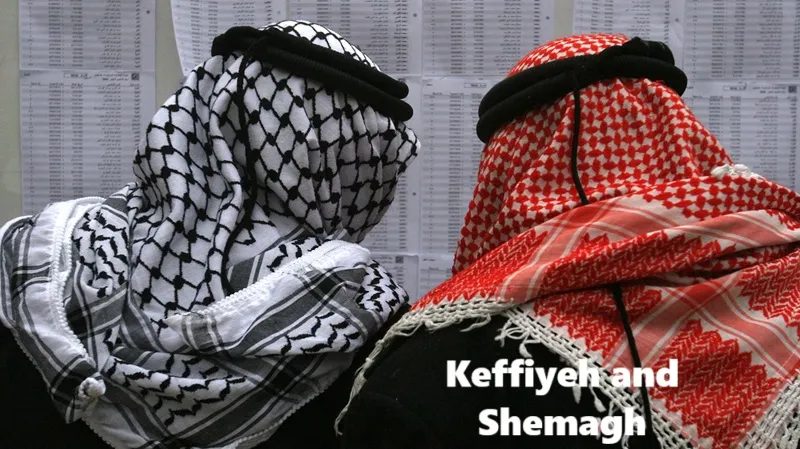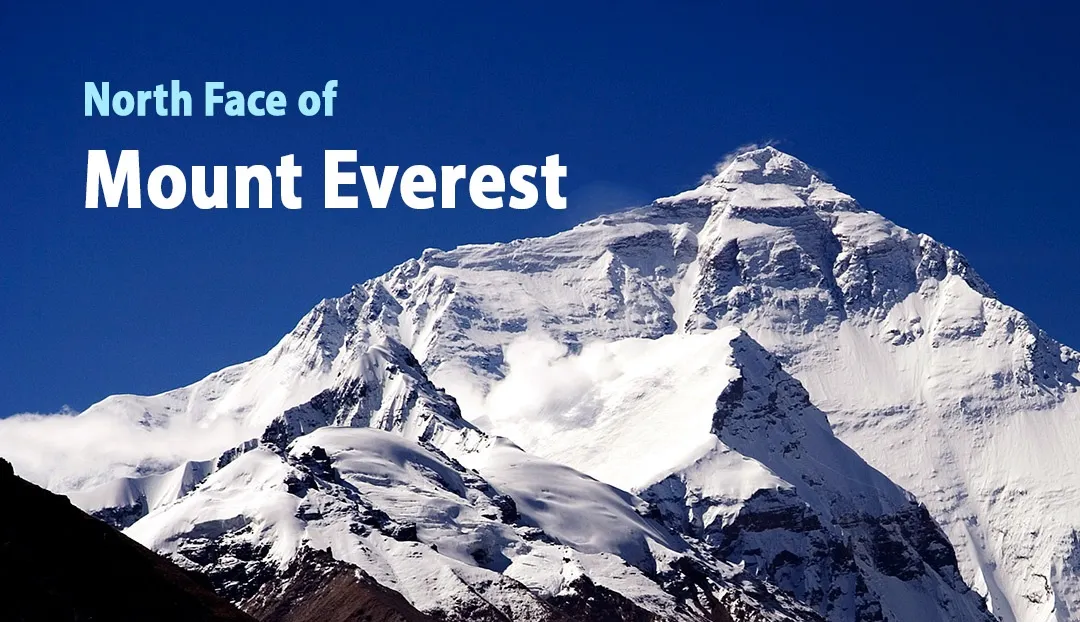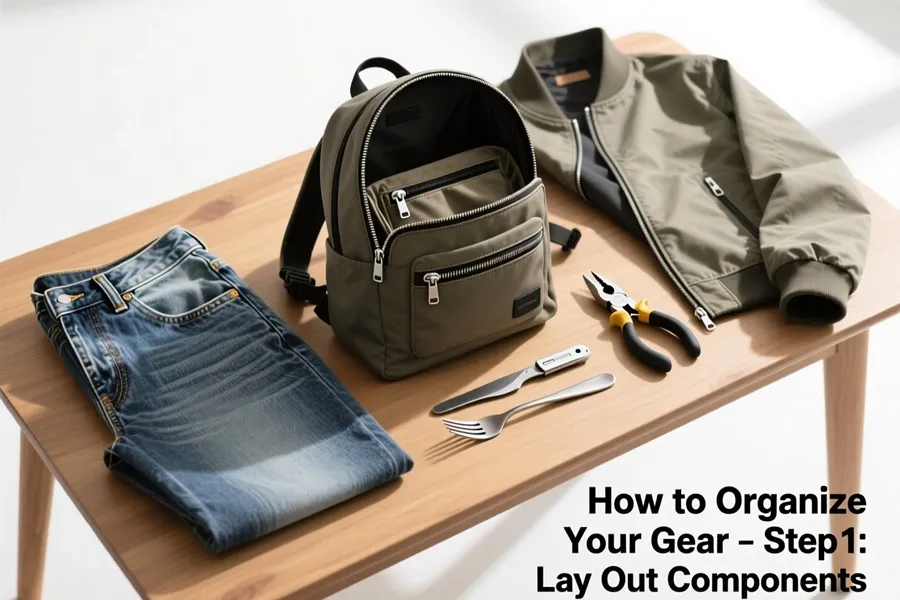The keffiyeh and shemagh are two words often used for the same thing—a square scarf worn around the head or neck. But while they look similar, they come from different traditions and stories. Over time, both have grown beyond their original use and become cultural symbols around the world.
A Scarf with a Long History
The keffiyeh is a historical garment. Arab farmers and shepherds first wore it in the harsh environment. It protected them from heat and harsh winds. Soon, the scarf became very popular throughout the entire Middle East. And now it is getting even popular among even those who live in the city.
The shemagh, on the other hand, is often linked to Bedouin and military use. It serves the same purpose—protection from the sun and dust—but its patterns and colours can differ slightly. Soldiers and travellers adopted it for practical reasons, and later it became a common item even outside the Arab world.
Both scarves are made from simple cotton or wool. Their value lies not in what they’re made of, but what they represent.

The Difference in Design
At first glance, the two scarves look almost identical. Both are square and usually feature patterns woven into the fabric. But if you look closely, you’ll notice small details that set them apart.
The keffiyeh often features a black-and-white checkered design. This pattern became famous as a symbol of Palestinian identity. It carries a strong message of resistance and unity. The shemagh, in contrast, is usually found in red-and-white or black-and-white. In countries like Jordan or Saudi Arabia, the red-and-white version is more common.
These colours and designs can also signal where someone comes from. For many people, the scarf is more than clothing—it’s a connection to their homeland.
Beyond Function: A Symbol of Identity
Time has made them a symbol of pride. Some groups also made it a symbol of resistance. Many people still wear it to rallies and protests. The keffiyeh became a mark of Palestinian heritage and resistance during the years of struggle. It is one of the quietest symbols of courage. When someone wears it, they often do so with respect for its history.
The shemagh also holds cultural importance. In Jordan, for example, it’s called the keffiyeh mhadab or shemagh rumal and represents national pride. People wear it on formal occasions and holidays, not only in daily life.
What’s special about both scarves is how they carry a story. They link generations and remind people where they come from.
The Modern Appeal
These scarves are now used by many people beyond their origins. Soldiers, adventurers and others regularly wear the keffiyeh. It is a very useful piece of cloth. And it is easily available. This makes it very valuable among the wearers.
It has become very fashionable. Many designers include it in their designs. You can find both scarves in plenty of stores worldwide. They can also be styled in plenty of ways. Some wear it as only fashion, others as marks of resistance or solidarity.
This global spread has led to debate. Some feel that wearing the keffiyeh without knowing its meaning can be disrespectful. Others see it as a way to celebrate cultural exchange. Both views remind us how powerful symbols can be when they cross borders.
How to Wear Them
Both scarves are folded into a triangle and then worn. In the desert, it shields people from the sun and winds. In colder areas, it is a great way to keep out the chill. A dynamic piece of garment no matter what.
People wear it differently according to their locations. In the Middle East, a black cord called an agal is used to keep it in place. In the West, it is just draped loosely. No matter the style, the classic look is always preserved. That is why it is still a popular garment.
The keffiyeh and shemagh have changed with time, but their roots remain strong. They connect the past to the present. What once started as a simple piece of fabric for survival now carries identity, pride, and history.
When you see someone wearing it today, it could mean many things. It might be for fashion, comfort, or a sign of respect for Middle Eastern culture. Whatever the reason, the scarf’s story continues to grow.
The Shared Legacy
Though they come from slightly different traditions, the keffiyeh and shemagh share more similarities than differences. Both represent endurance and unity. Both speak of life in harsh lands and the people who made it beautiful through their customs.
These scarves show how something simple can hold deep meaning. From desert winds to city streets, they remain symbols of resilience, culture, and timeless style.
In the end, whether you call it a keffiyeh or a shemagh, it stands for the same things—heritage, strength, and connection. A piece of cloth that carries stories across time and place, reminding us that culture lives not only in history but in what we choose to wear every day.








Leave a Reply